Transient Response
Transient response in power supplies refers to how quickly and effectively the PSU stabilizes its output voltage during sudden changes in load demand, such as when a CPU or GPU increases its power draw. It’s measured by the time and voltage deviation during these shifts. A faster, smaller transient response ensures stable power, preventing instability and component damage.
20% Load – 20ms
| Advanced Transient Response 20% - 50 Hz - No Caps | ||||
| Voltage | Before | After | Change | Pass/Fail |
| 12V | 12.048V | 11.943V | 0.87% | Pass |
| 5V | 5.010V | 4.927V | 1.65% | Pass |
| 3.3V | 3.324V | 3.174V | 4.52% | Pass |
| 5VSB | 5.032V | 5.003V | 0.57% | Pass |
50% Load -20ms
| Advanced Transient Response 50% - 50 Hz - No Caps | ||||
| Voltage | Before | After | Change | Pass/Fail |
| 12V | 12.024V | 11.918V | 0.88% | Pass |
| 5V | 5.003V | 4.916V | 1.74% | Pass |
| 3.3V | 3.314V | 3.157V | 4.74% | Pass |
| 5VSB | 4.986V | 4.953V | 0.66% | Pass |
The transient response with normal loads is good at 12V and at 5V, and mediocre at 3.3V, where the voltage level drops below 3.2V. That said, it remains above the low limit (set by the ATX spec) of 3.14V, unlike the 1200W model.
Transient Response ATX v3.1 Tests
[Note] For PSUs without a 12+4 pin connector, the maximum applied load for the transient response tests is 150%, rather than 200%.The PSU passes all ATX v3.1 transient response tests.
The 12V rail’s performance is decent in these tests.

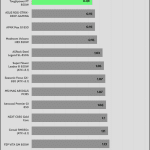
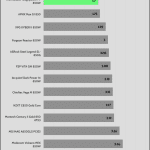
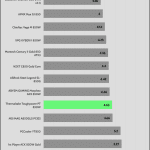


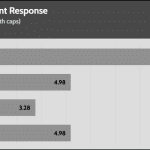
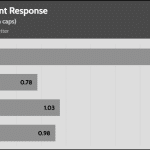
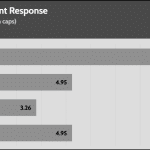
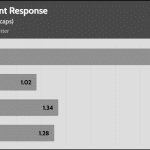
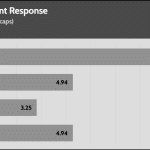
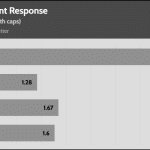
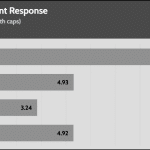
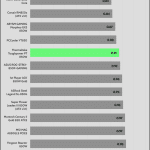
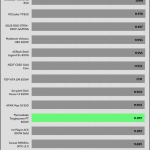
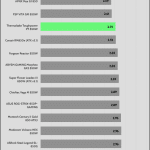
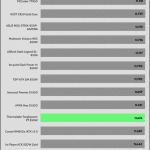


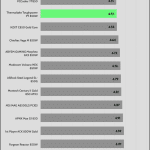
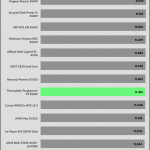


Will you have a written reviews on the recently released Dark Power 14 models? Thank you for your work on PSUs by the way and sorry for posting it here
I will start them now that I finished the PT series.
Cybenetics reports are up. 🙂